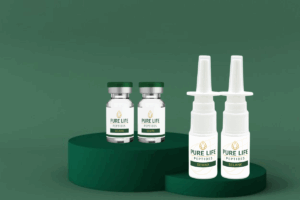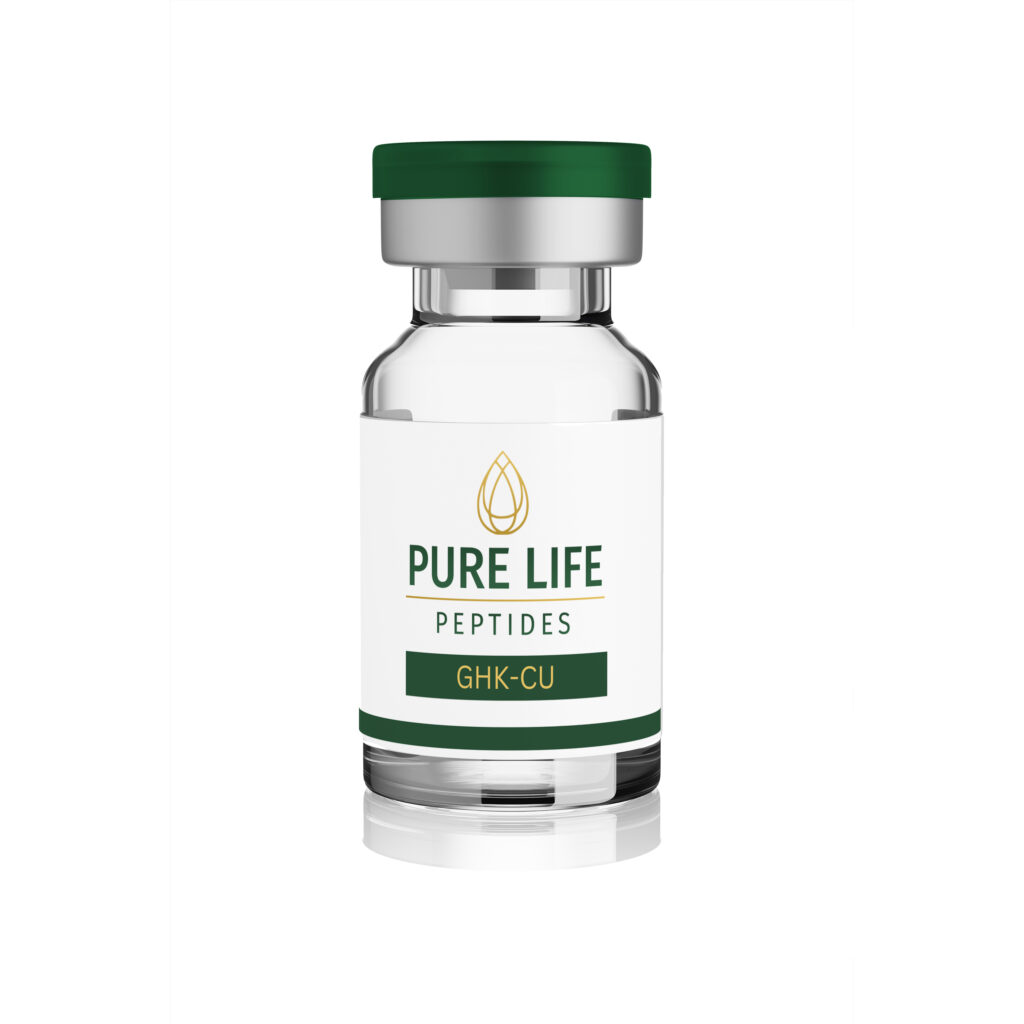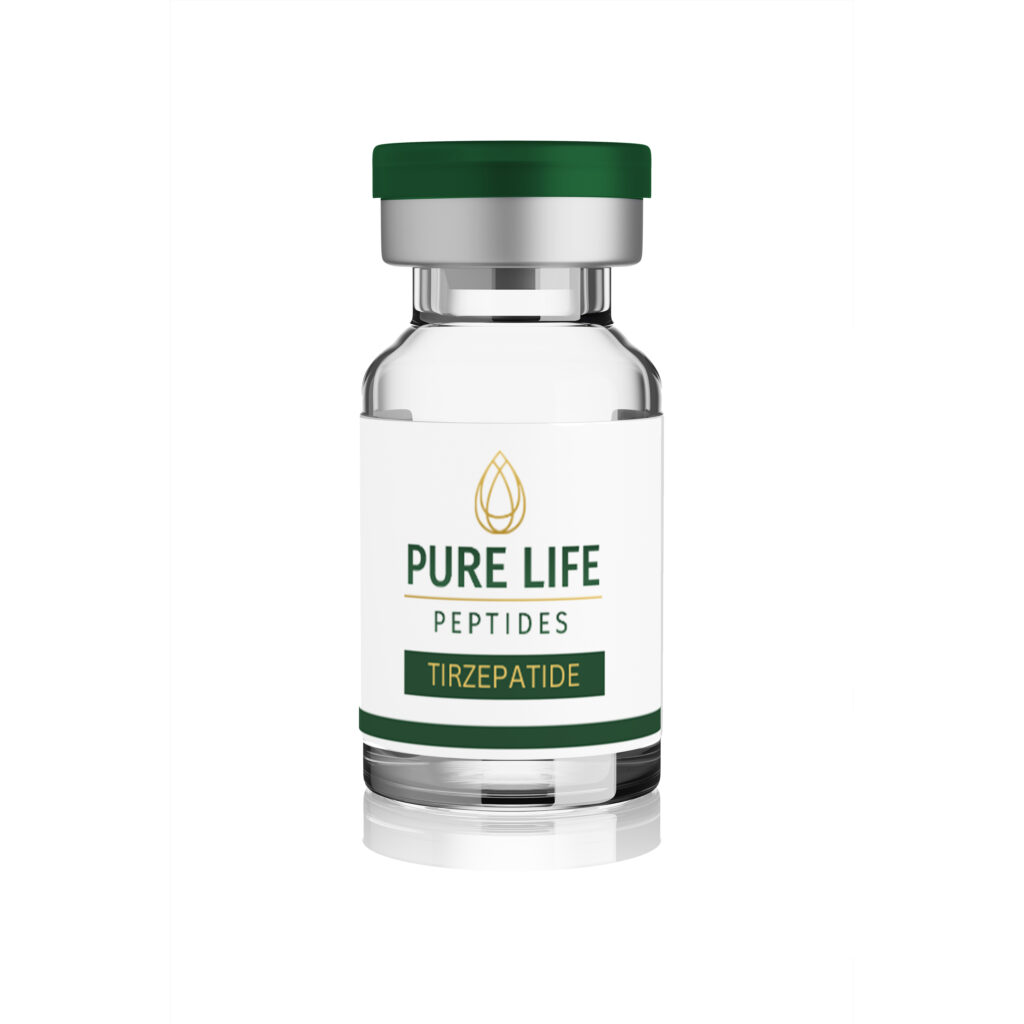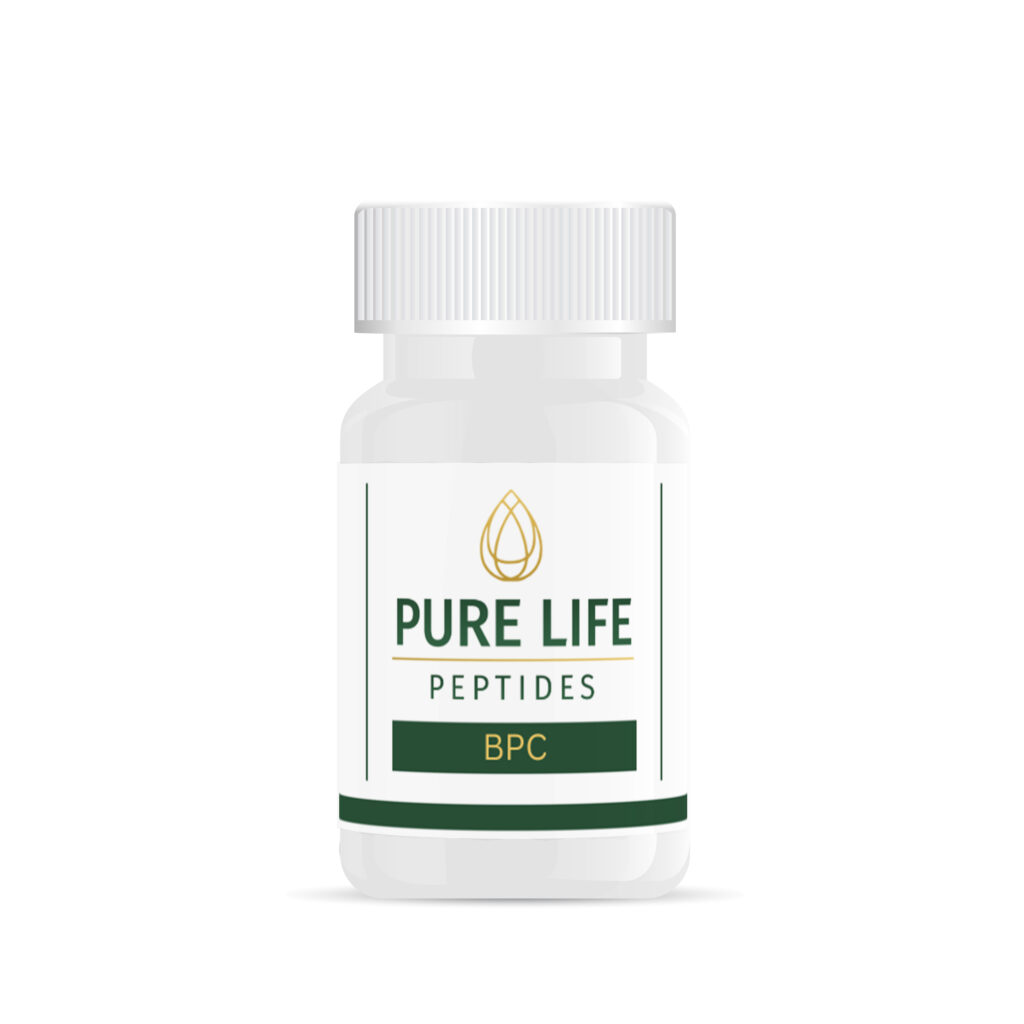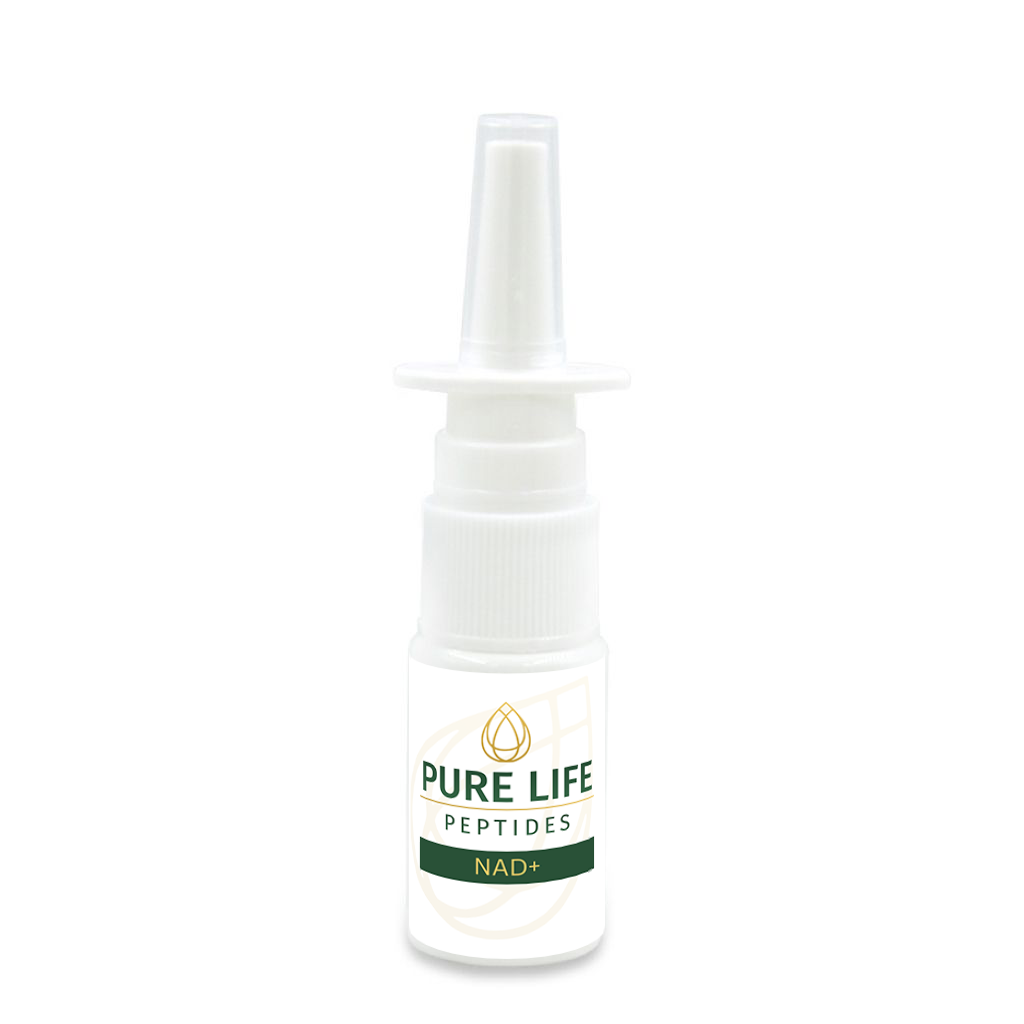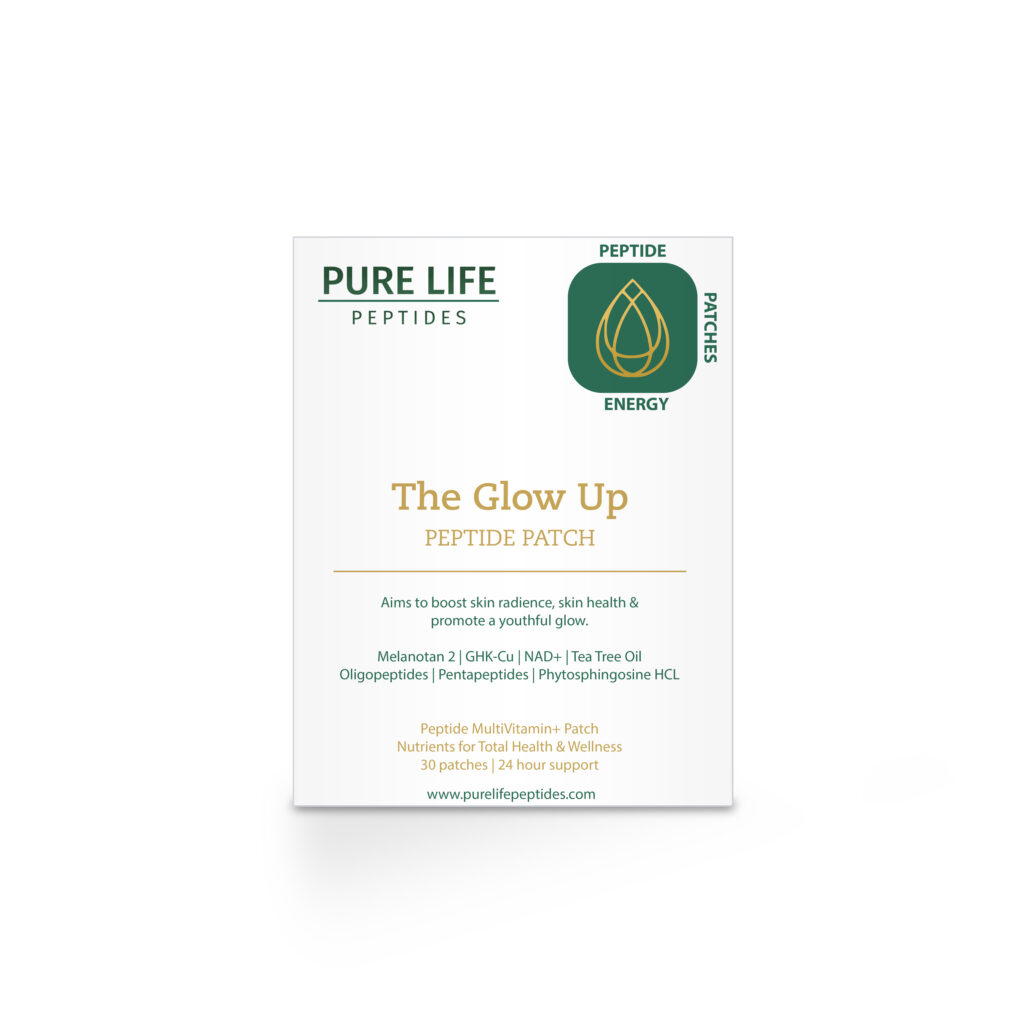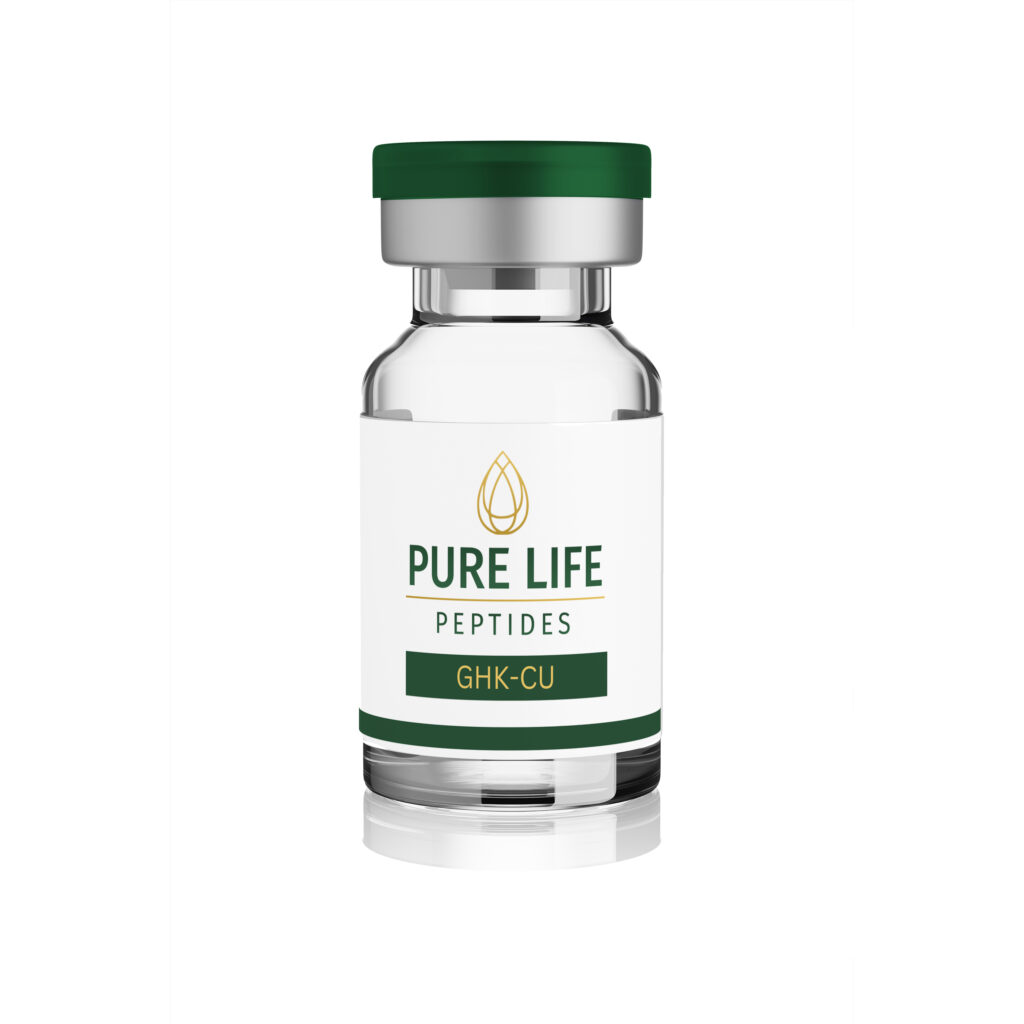When it comes to peptide research, quality and accuracy are everything. These peptides are intended for research purposes only and not for human use. But how can researchers ensure that the peptides they use are reliable and meet the required standards? This is where a Certificate of Analysis (COA) comes into play. In this blog, we’ll break down what a COA is, why it matters, and how it helps maintain integrity in peptide research all explained in a straightforward, easy-to-understand way.
What Is a Certificate of Analysis (COA)?
A Certificate of Analysis (COA) is an official document provided by the manufacturer that is often referred to as a peptide COA or peptide certificate of analysis in research settings. that verifies the identity, purity, and quality of a peptide or other research material. It serves as a scientific ‘report card,’ summarizing critical data derived from rigorous laboratory testing. This document helps researchers confirm that the peptide meets established specifications before using it in research.
Key Components of a COA
Understanding a COA requires a look at its core sections. All peptides from Pure Life Peptides come with a COA for full transparency and research integrity. Each part provides vital information about the peptide’s characteristics, ensuring that research findings are based on reliable materials.
1. Product Identification
- Peptide Name: The specific name of the peptide being analyzed.
- Batch/Lot Number: A unique identifier that links the product to a particular production run.
- CAS Number: The Chemical Abstracts Service number for universal substance identification.
Why it matters: Proper identification prevents mix-ups and ensures traceability in research.
2. Purity and Composition Analysis
- Purity Percentage: Indicates how pure the peptide is, typically aiming for 95% or higher.
- HPLC (High-Performance Liquid Chromatography): A test that separates the peptide components to assess purity.
- MS (Mass Spectrometry): Used to confirm the molecular weight of the peptide.
Why it matters: High purity is crucial for obtaining accurate, repeatable research results.
3. Physical and Chemical Properties
- Appearance: The physical state of the peptide (e.g., white powder).
- Solubility: How well the peptide dissolves in various solvents.
- Molecular Weight: The mass of one molecule of the peptide.
Why it matters: Knowing these properties helps researchers properly prepare and handle peptides.
4. Microbial Testing
- Endotoxin Levels: Measures the presence of bacterial toxins.
- Sterility: Confirms the absence of microbial contamination.
Why it matters: Ensures research peptides remain uncontaminated for accurate study results.
5. Storage and Stability Recommendations
- Optimal Storage Conditions: Typically refrigerated at 2-8°C.
- Shelf Life: The time frame in which the peptide remains stable.
Why it matters: Proper storage practices maintain peptide integrity for consistent study outcomes.
Why Is a COA Important in Peptide Research?
Pure Life Peptides prioritizes COA verification to maintain research integrity, ensuring that each peptide meets the highest standards for scientific exploration.
Peptide research requires precision, and the COA plays a fundamental role. Pure Life Peptides ensures every batch meets these standards with comprehensive COA documentation. in ensuring that the materials used are trustworthy. Here’s why this document is indispensable:
- Quality Assurance: Verifies the peptide meets the necessary standards, often referred to as peptide quality assurance or peptide research quality control in scientific contexts. that the peptide meets the necessary standards.
- Reproducibility: Helps replicate experiments with consistent peptide properties.
- Traceability: Tracks the peptide back to its production batch.
- Regulatory Compliance: Demonstrates adherence to industry standards.
Research Insight: A study published in The International Journal of Peptide Research and Therapeutics emphasized the importance of COAs in maintaining consistency across experimental studies.
How to Interpret a COA Like a Pro
Even with a COA in hand, understanding the data requires some insight. Here are a few quick tips:
- Focus on Purity: High purity reduces variability in experimental outcomes.
- Check the Molecular Weight: Make sure it aligns with the expected value.
- Look at the Storage Guidelines: Follow the recommendations to preserve peptide stability.
Common Misconceptions About COAs
Despite their importance, COAs are sometimes misunderstood. Let’s clear up a few myths:
- Myth 1: All COAs Are the Same: False. COAs vary based on the manufacturer and testing protocols.
- Myth 2: A High Purity Percentage Guarantees Quality: While purity is essential, microbial tests and stability data are equally critical.
- Myth 3: COAs Are Only for Compliance: In reality, they are vital for scientific accuracy and reproducibility.
Final Thought
Pure Life Peptides ensures that all their peptides undergo rigorous COA testing for quality and reliability, giving researchers confidence in their work.
Always review the Certificate of Analysis (COA) when working with peptides in research. Ensuring the accuracy of this document supports reliable, reproducible results and helps maintain high standards in peptide research.
The Certificate of Analysis (COA) is more than just paperwork it’s a cornerstone of credible peptide research. By understanding and utilizing COAs, researchers can ensure the integrity of their studies while contributing to the broader scientific community. Next time you come across a COA, take a moment to appreciate the rigorous testing behind that data it’s what helps science move forward with confidence.



